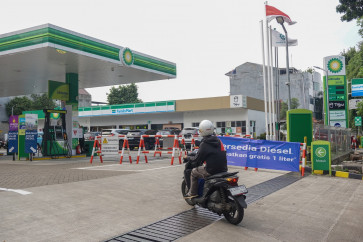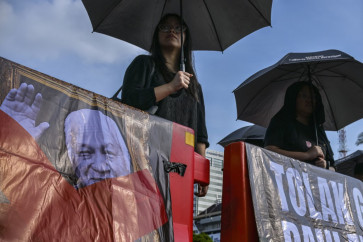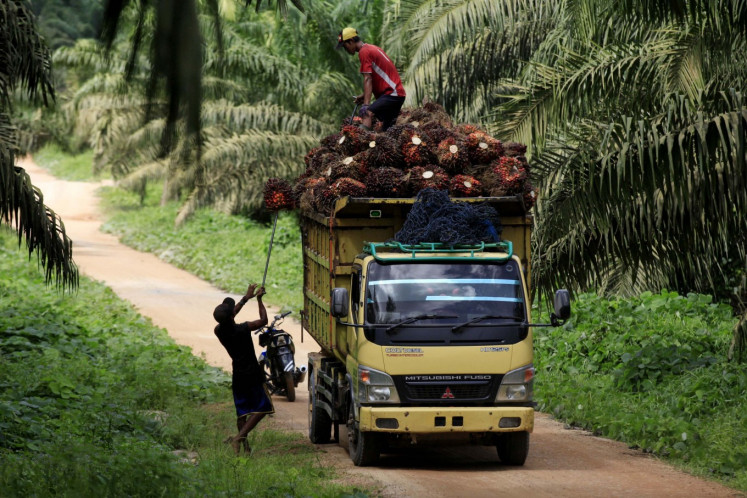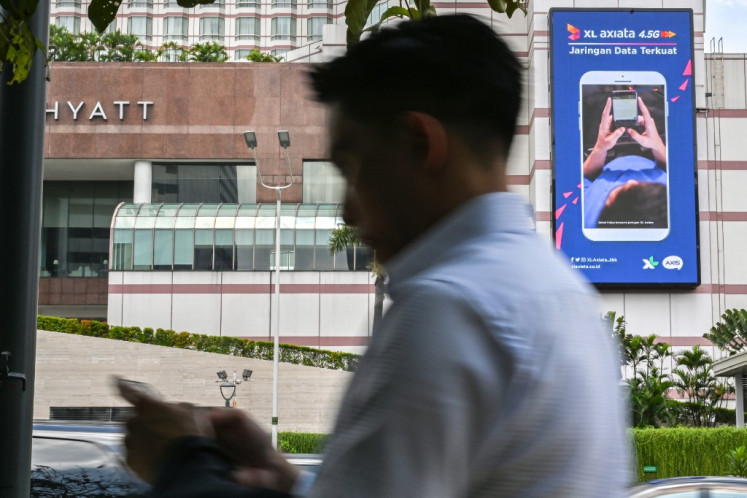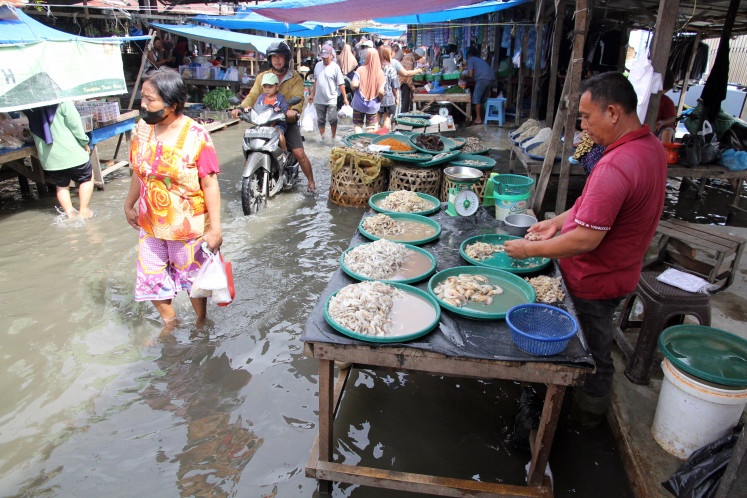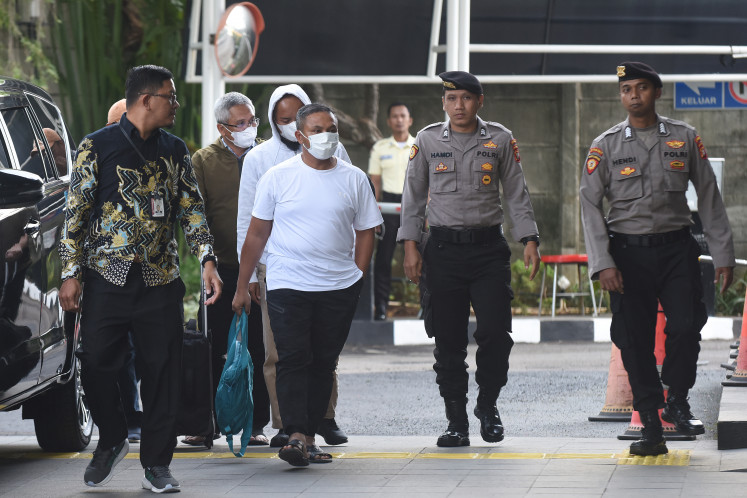Popular Reads
Top Results
Can't find what you're looking for?
View all search resultsPopular Reads
Top Results
Can't find what you're looking for?
View all search resultsNyambu Unique nature and Historic wonders
Rice field tour: Tourists can enjoy the natural scenery of rice fields that have become an integral part of the local community for centuries
Change text size
Gift Premium Articles
to Anyone
R
span class="caption">Rice field tour: Tourists can enjoy the natural scenery of rice fields that have become an integral part of the local community for centuries.
A new ecotourism village in Bali provides an opportunity for tourists who want to enjoy the serenity of natural beauty without having to go far to the remote edges of the island.
Get to know Nyambu, a village located in Kediri district, Tabanan regency. It recently adopted the ecotourism concept to provide jobs and better economic opportunities to its residents.
Residents of the village maintain their precious natural assets — paddy, which makes up around 61 percent of the village’s 380-hectare area, and 22 protected natural springs. The historic legacies in the village include 67 Hindu temples, some of which were built 500 to 600 years ago, and hundreds of small altars that have stood for centuries.
Tourists can enter a time capsule to the era of the Kediri kingdom, which dates back to between the 8th and 12th centuries, when they visit the Pura Bale Agung and they can easily access another era by visiting the Pura Rsi and Pura Wisesa, which were built during the Majapahit era.
The natural and historic features of Nyambu make the village unique because it is fairly close to urban areas. The village is located only around 30 kilometers from Ngurah Rai International Airport and 20 kilometers from the bustling capital city of Denpasar.
There are at least three tour packages provided by the Nyambu ecotourism program — Susur Sawah, Susur Budaya and an oil painting workshop tutored by local painters. Each of the packages cost Rp 750,000 (US$56). The price is fixed for foreigners, but locals can bargain for a lower price.
At Susur Sawah, visitors can learn about how the paddy in Nyambu have been developed and preserved over the centuries through an irrigation system called subak and the traditional tribal laws stipulated by the village. The subak and the tribal laws have a strict regulation called awig-awig, which makes it very difficult to change the function or ownership of the paddy. This local wisdom is firmly held by the community in Nyambu to protect their traditions, culture and way of life.
The Susur Budaya program offers a chance for tourists to take a walk down the historical timeline and experience the path believed to be once crossed by Dang Hyang Nirartha, a holy man from the Majapahit kingdom who came to Nyambu to develop the teachings of Hinduism. In this program, tourists will be taken to the main Hindu temples in Nyambu while listening to the stories of the journey of Dang Hyang Nirartha from local guides.
Historic legacy: One of the oldest temples in Nyambu village, which dates back to the 15th century. Nyambu village has been around since the 8th century and experienced first-hand Hinduism reaching the island.
During the oil painting workshop, tourists have the opportunity to express their artistic side under the guidance of local painter Nyoman Wijaya and his arts students.
“Do not be afraid to make mistakes and do not try to make a perfect painting. Just be yourself,” Nyoman says whenever he sees a tourist who is too shy or does not have the confidence to create an oil painting.
The workshop takes place inside a hut on the side of paddy where tourists can try their best to paint local flowers. Once the workshop is finished, they can bring their paintings home as souvenirs.
The ecotourism project in Nyambu is developed by manufacturing company PT Langgeng Kreasi Jayaprima and the British Council in collaboration with a local partner, Yayasan Wisnu. For the long run, these three institutions want to create a community that can independently manage the tourism and business potentials in Nyambu, and thereby increase their household income.
“The sustainable tourism program promoted with our partners is aimed at stimulating economic growth in the village by building the capacity of the local community to manage the potential they have,” British Council of Indonesia director Sally Goggin said.
Welcoming guests: Tourists who come to the Pura Wisesa temple in Nyambu village in Tabanan, Bali, will be greeted by local dancers. Greeting visitors with dance has been a village tradition for hundreds of years.
— Photos by JP/ Hans David Tampubolon




